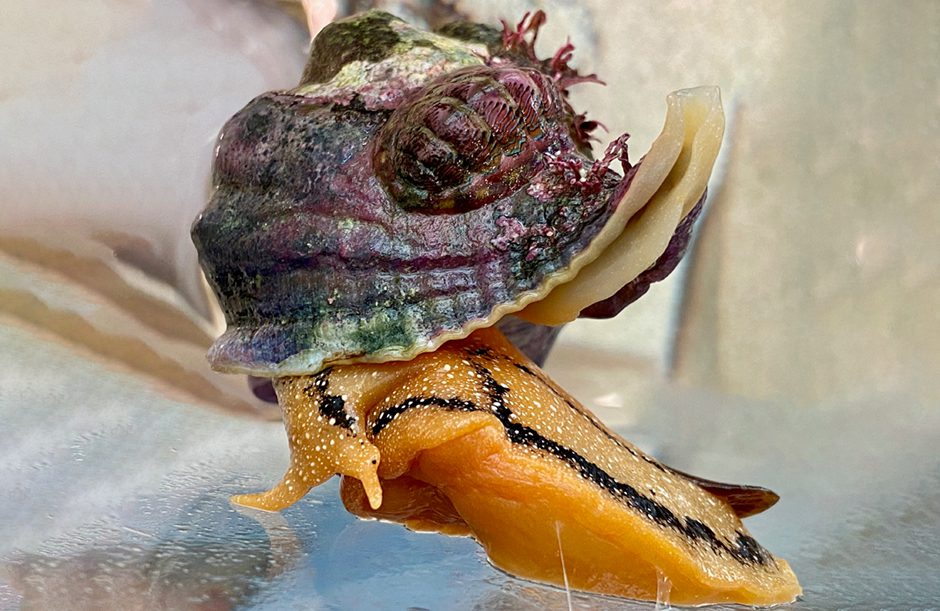
The Chiton and the Whelk
Museum's Senior Aquarist Carly Hulse took this great photo, at our Cold-water Touch Pool, of one of our Lined Chitons (Tonicella lineata)...

Museum's Senior Aquarist Carly Hulse took this great photo, at our Cold-water Touch Pool, of one of our Lined Chitons (Tonicella lineata)...
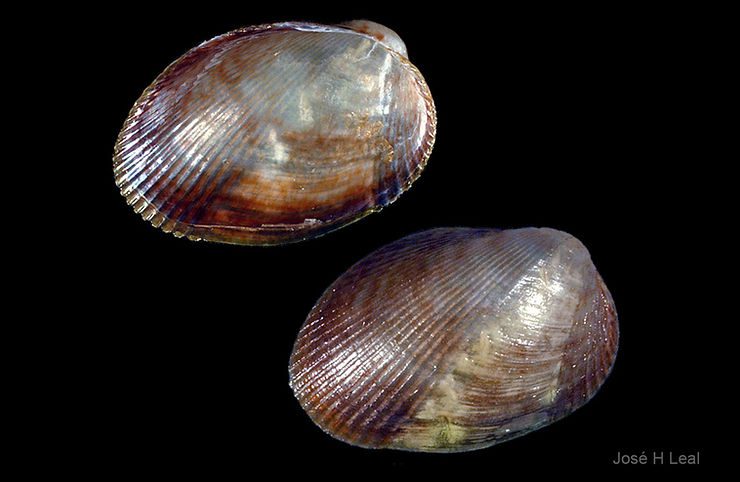
Musculus lateralis (Say, 1822) is another local but uncommon mussel, probably neglected because of its small size. Reaching only 9 mm (about 0.35 inch), its shell is oval, inflated. Two radial, slanted lines divide each valve in three areas: a smooth central one, and anterior and posterior areas with strong radial ribs. The internal shell surface is faintly iridescent, with a very thin nacreous layer. That allows for the external colors to show by transparency. #musculuslateralis #lateralmussel
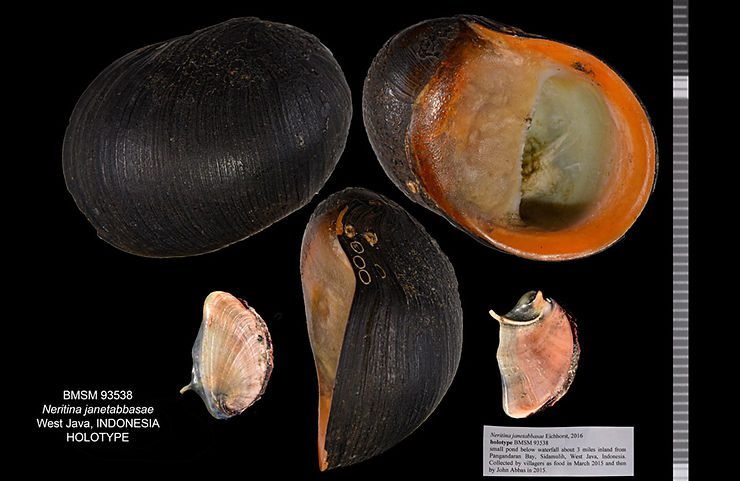
In an article published yesterday in the journal Zootaxa, I report on and explain the type specimens of mollusks and shells deposited in our Museum collection. In biology, a type specimen is usually a physical example of an organism (animals, plants, etc.) that was used by a researcher when that species was first formally described and named as new. The two most-often alluded to kinds of types are the holotype, which is the single, or principal, specimen designated in the original description, a
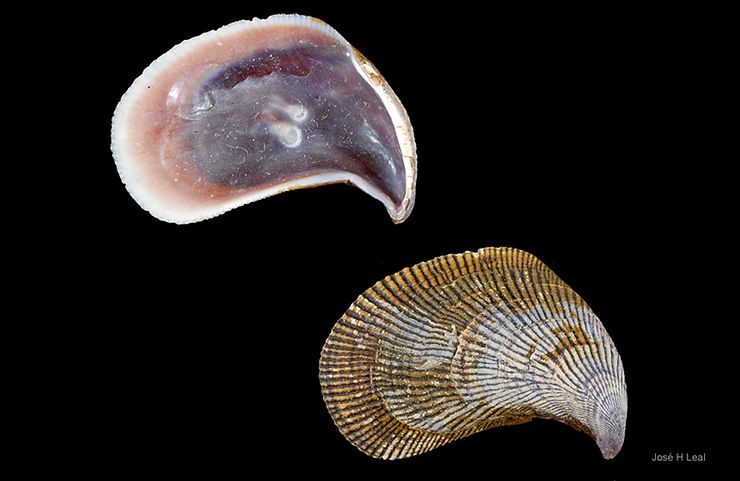
Ischadium recurvum (Rafinesque, 1820) is a local but uncommon mussel that inhabits protected bay areas and the calm waters of local estuaries. Reaching 50 mm (about two inches), its shell is moderately inflated, curved, resembling a claw, or a hook. The surface sculpture consists of radial lines extending from the beak outward. The outside color is dark-grayish to dark-brown, with interspaces between radial lines of darker color. The inside surface is iridescent, nacreous, with purplish, bluish,
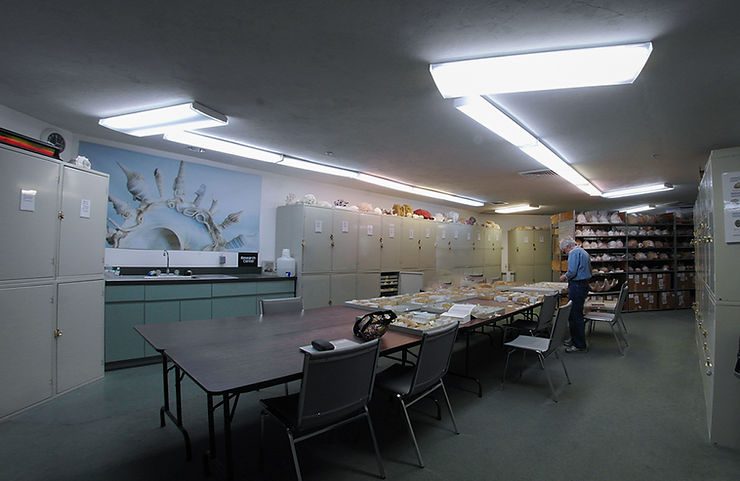
One of the largest of its kind in the United States, the Museum's scientific collection provides taxonomic, geographic, and chronological data about its molluscan holdings to a broad range of users in zoology, marine biology, genetics, conservation, geology, and other fields of science. For almost a year now, our collection catalog data has been available via the Museum’s web portal. In a major step to enhance the accessibility of the catalog, making it available to a much larger audience, catal
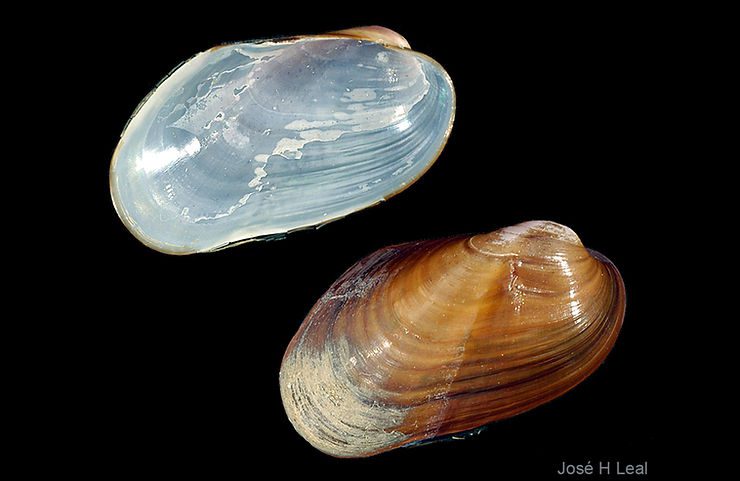
Mussels are not only good seafood, but they also come in a large number of different species. The Chestnut Mussel, Lioberus castanea (Say, 1822) is a relatively small species that rarely reaches beyond 25 mm (one inch). Its shell is elongate, inflated, with the brown outer layer, the periostracum, that is so characteristic of the mussel family Mytilidae. There is a distinct, sharp line separating the posterior end (lighter color) from the anterior end (darker color). The inner surface of the she
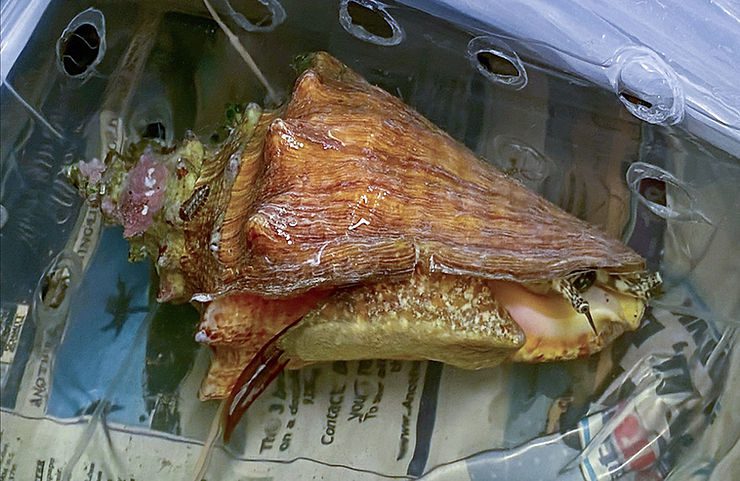
The Museum has added three Queen Conchs, Aliger gigas (Linnaeus, 1758), to its Beyond Shells educational, living exhibitions. Make sure you take a look at them during your next visit to the Museum! The Queen Conch is an iconic, relatively well-known marine snail in the family of true conchs, the Strombidae (think Florida Fighting Conch, Milk Conch, and many others). At the onset of adulthood, its shell will begin developing the broad, flared lip that is so typical of the species. Queen Conchs ar
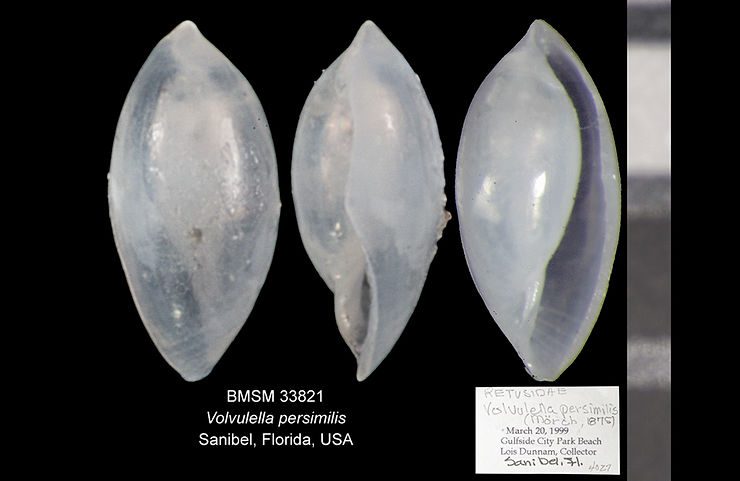
Another species in the “bubble” category, Volvulella persimilis(Mørch, 1875) is locally rare, and a very small species, reaching only 4 mm (about 0.16 inch) in length. This snail has an involute shell, i.e., the entire shell spire is encased by the last whorl, which gives the shell its spindle-shaped appearance. The apex is pointed, and the shell surface is glossy, sculptured with a few very fine spiral lines. #volvulellapersimilis #southernspindlebubble #rhizoridae #bubblesnail
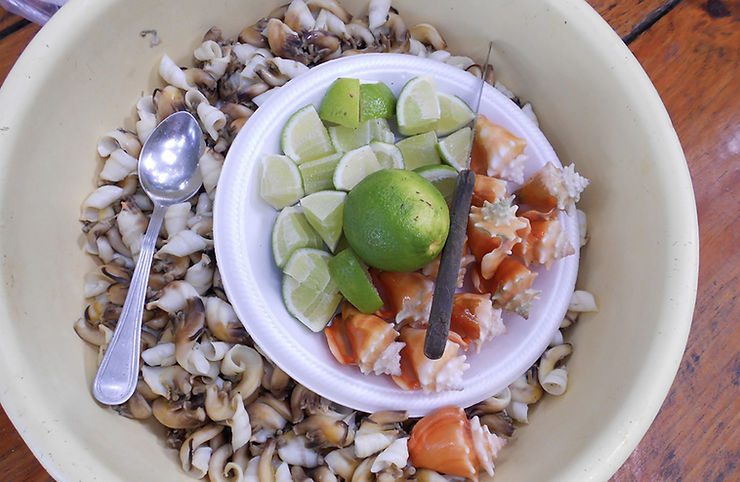
Shells preserved in ancient middens throughout the planet are good evidence that humans have been eating seafood for thousands of years. And our fondness for hooking the largest fish, shucking the largest oysters, and netting that jumbo shrimp has probably been around since time immemorial. To test the hypothesis of whether intense foraging for larger versus smaller individuals of the same species may in the long run drive the species size to decrease, Alexis Sullivan (Penn State University) and
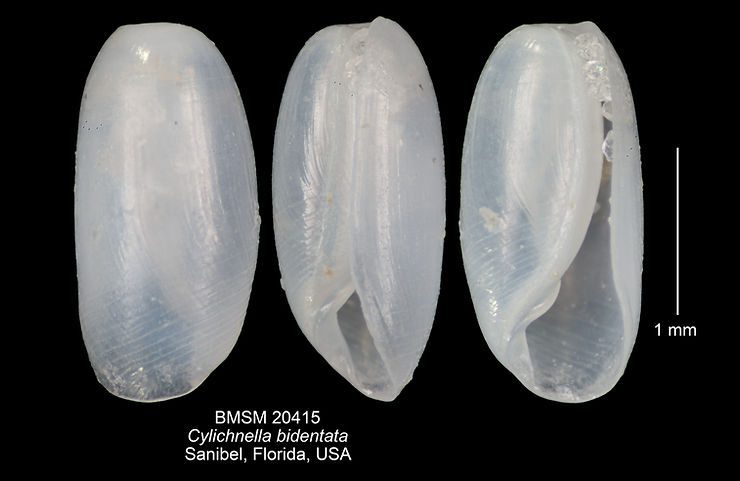
Giving continuity to our discussion of the local barrel bubbles, today I want to introduce the Two-tooth Barrel Bubble, Cylichnella bidentata (d’Orbigny, 1841). This small snail reaches 4 mm (0.16 inch), has a characteristic sunken spire, and the columella (viewed on the left side of the aperture, or opening) with two folds that at a glance look like two “teeth.” The aperture is flared in anterior direction (on bottom of the picture.)